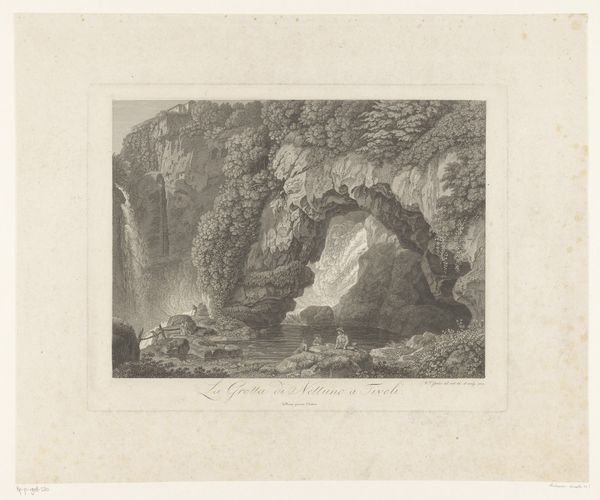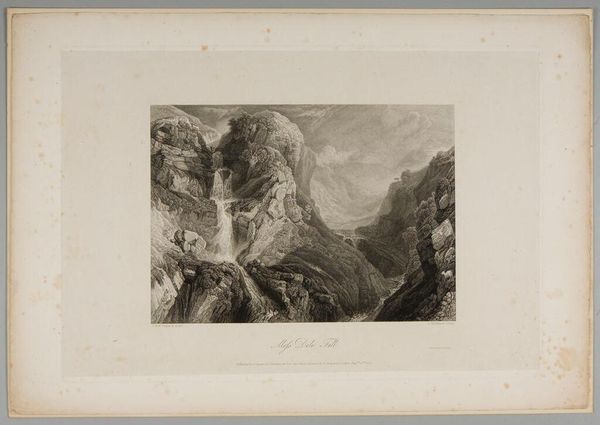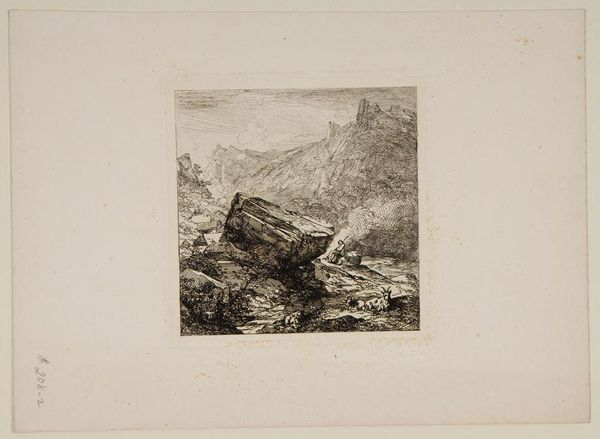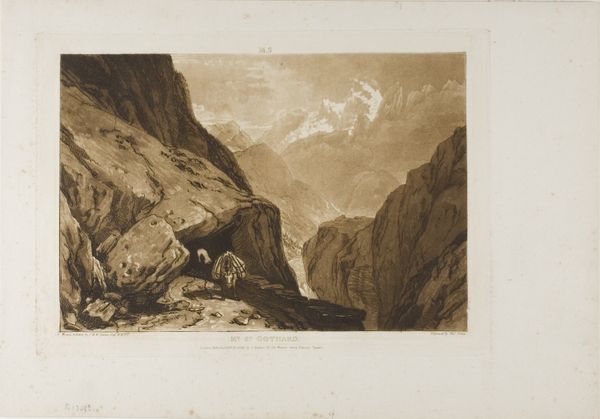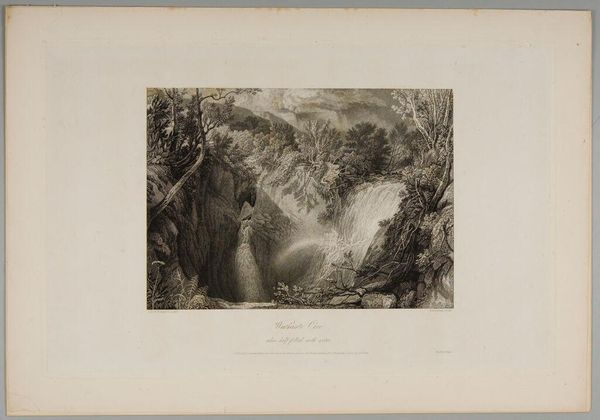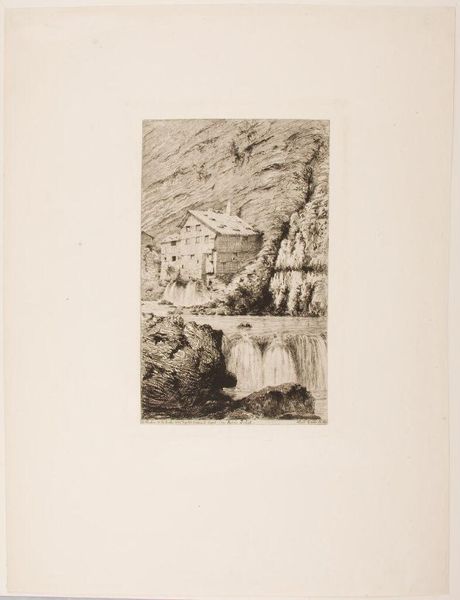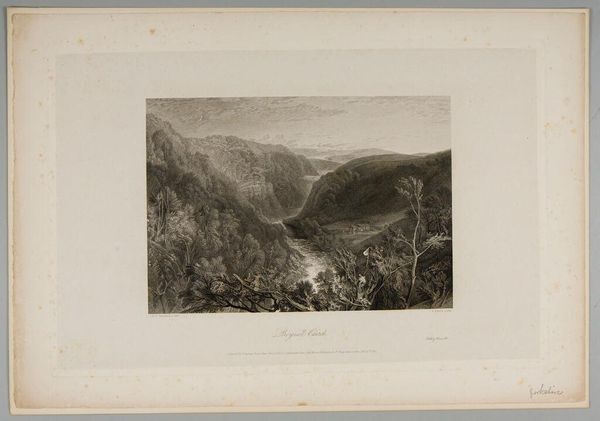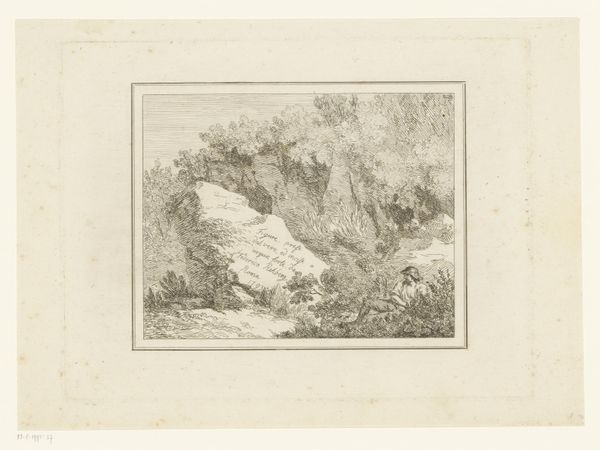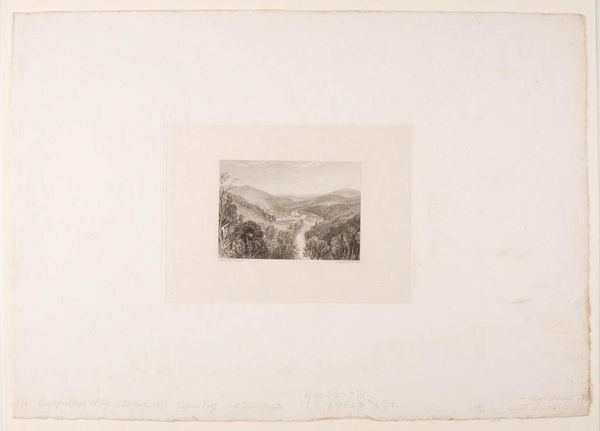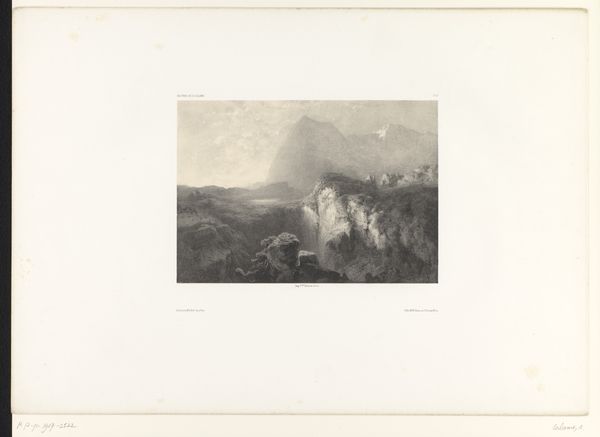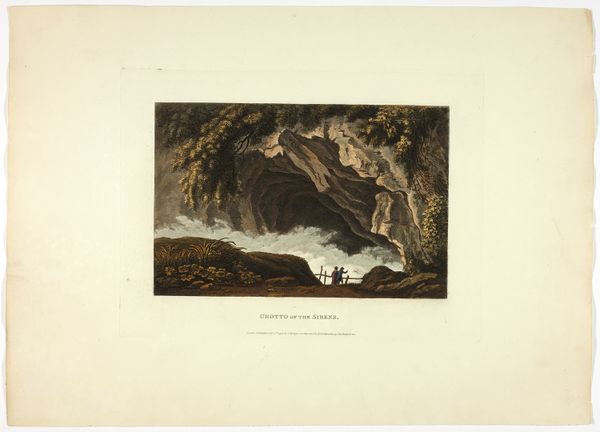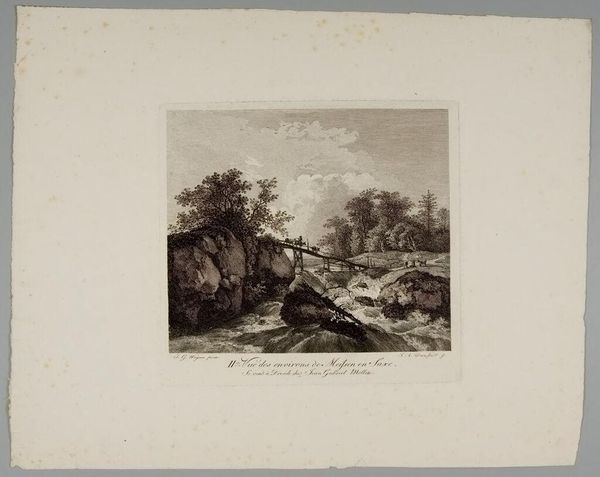
Copyright: CC0 1.0
Curator: Here we have Friedrich Wilhelm Gmelin's "The Grotto of Neptune at Tivoli." Editor: It feels...stark. The grotto looms, almost swallowing those tiny figures. Curator: The grotto, particularly during the Romantic period, became this charged symbol of nature's raw power. Think about it: water, stone, the sheer scale of the formation, it overwhelms the human presence. Editor: And that materiality, that density of the rock face—it speaks to time, to the enduring force that shapes landscapes. Curator: Absolutely. It challenges our anthropocentric views. Who are we in the face of such forces? What is our impact? Editor: This challenges the very notions of progress and human dominance. A reminder, carved in stone, that we are participants, not rulers. Curator: Indeed. Gmelin compels us to contemplate our place within a larger, older narrative. Editor: A humbling scene rendered with precise, almost obsessive detail. Food for thought.
Comments
No comments
Be the first to comment and join the conversation on the ultimate creative platform.
